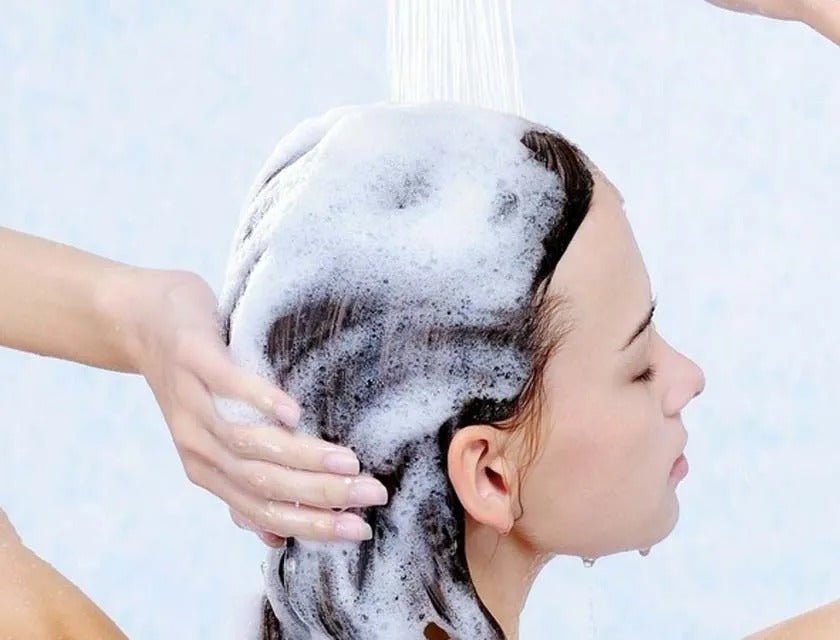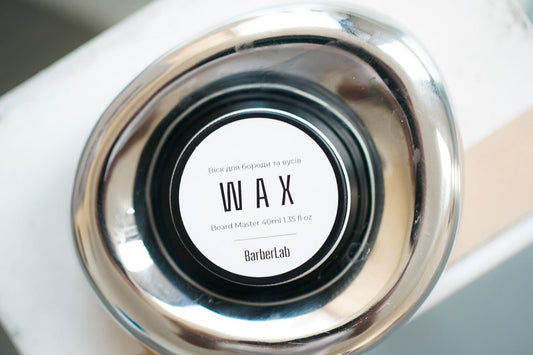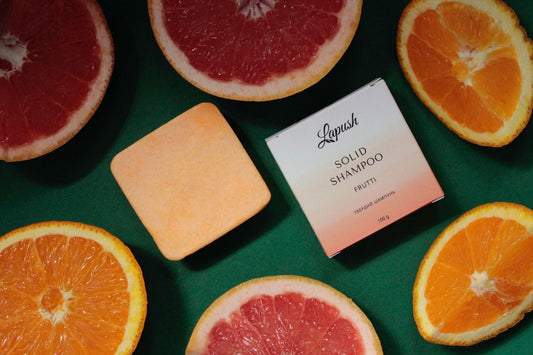
Why 2 in 1 shampoos are not so popular
Enterprising merchants, taking advantage of the opportunity, offer consumers all kinds of products that allow you to save an extra couple of minutes - kitchen miracle machines, audio books that do not need to be read, and cosmetic products that reduce the effort of self-care to a minimum. Among this variety, the 2 in 1 shampoos, which allegedly combine the properties of shampoo and conditioner, occupy not the last place.
Where did shampoos come from?
It should be said that shampoos were invented more than a hundred years ago. One Londoner named Casey Herbert in 1890 invented a powder consisting of powder, soap and crushed herbs, intended for washing hair and called it shampoo (Shaempoo). The invention received recognition, but it did not bring fame to the Englishman - local hairdressers quickly figured out what was the point, and began to make their own Shaempoo. Herbert, who sold shampoo sachets on the streets of London, never managed to properly make money from his invention.And already in 1903, a German named Schwarzkopf took over the experience of an Englishman and created his shampoo composition, which included violet flowers. The German had a stronger grip and a year later he opened his own factory for the production of shampoos. Schwarzkopf provided each bag with the logo, which is known to everyone today - the silhouette of a black head (Schwartzkopf means "black head" in translation).
The first shampoos were soap-based and therefore had a pH above 7, meaning they were alkaline. The first conditioners, like those produced today, had an acidic environment that allows hair to be smooth.
Shampoos 2 in 1 - double benefit or double self-deception?
A 2-in-1 shampoo should probably perform the role of both shampoo and conditioner - that is, to cleanse and smooth them. The problem is that these two functions contradict each other: the shampoo lifts the scales of each hair (cuticles) up during washing to clean them of sebum and dirt, and the task of the conditioner is precisely to make all the cuticles lie down, tightly pressed to each other, forming a beautiful and strong (read - healthy) hair.You don't need to be a professional cosmetologist to guess: mixed in the same bottle, these two products will tend to neutralize each other's effects. This is the number one reason why you should not use 2-in-1 shampoos.
What about reason number two?
The second reason to abandon the constant use of 2 in 1 hair washing products is that during washing, we try to soap the entire surface of each hair, including the root zone. The conditioner is preferably not applied near the roots, so that they remain clean longer. Such zoning in use is not possible when you use the conditioner at the same time as the shampoo.Considering these subtleties, professionals have abandoned the use of 2 in 1 shampoos, preferring to use each of the two products according to its purpose.
There are also advantages!
Despite a whole series of "buts", shampoo conditioners sometimes make the life of the average consumer much easier.If you're in a hurry, they help save time and space in your suitcase when you're traveling. Such an express method is good for special cases when using shampoo and conditioner separately is simply inconvenient.
The main thing is to remember: you should not abuse "quick" and easy-to-use means. Sometimes it's worth spending time on your appearance and pampering your hair with a time-consuming but completely natural mask.










